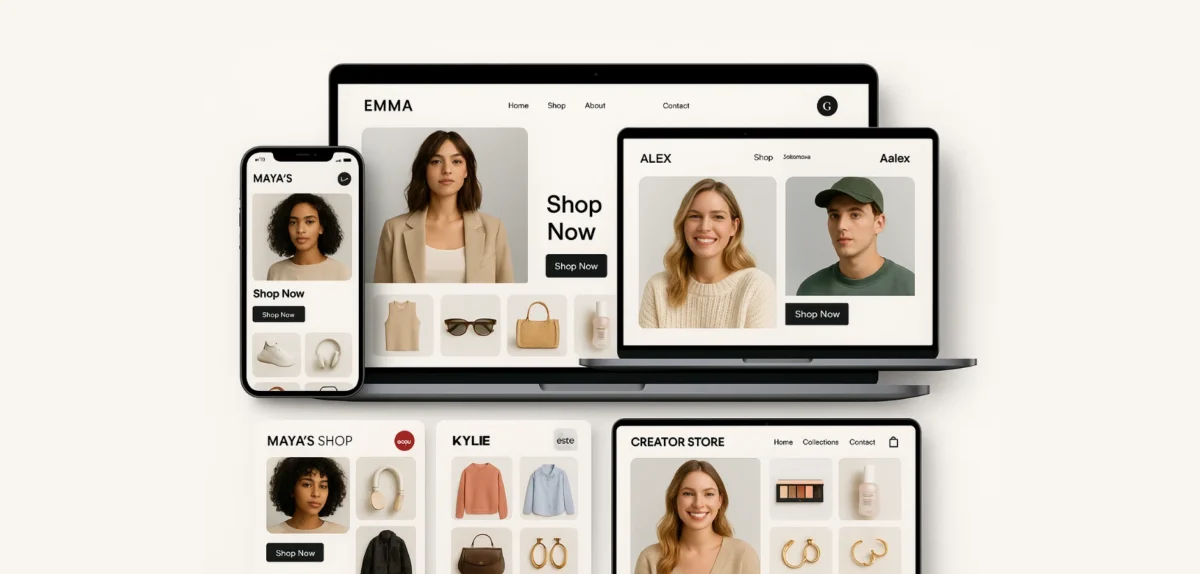A lookback window represents the amount of time (usually specified as a number of days) prior to a conversion that a marketer decides would be a reasonable period of time for a marketing touchpoint to have credibly influenced a customer’s decision to convert. The lookback window is applicable for both single-touch and multi-touch models — both rules-based and machine-learning attribution models.
If a marketing event took place prior to the lookback window, then it is not considered when the attribution model is applied. For example, if the marketer decides to use a 30-day lookback window (meaning, consider only marketing events 30 days prior to a conversion, but no more), then if a paid social event happened 31 days before a conversion, then it would receive no credit whatsoever for that conversion, regardless of attribution model.
For most products, a 30-day lookback window is reasonable and standard. Certain types of products, such as autos and durable goods, may opt for a 90-day lookback window as more appropriate to reflect the longer purchase and decision-making cycle for those types of products



